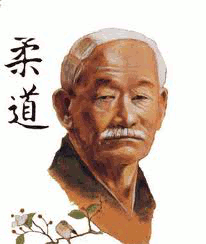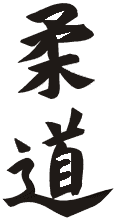| Jujutsu declined in the Meiji period (1868-1912) along with the wave of Westernization and modernization, but was revived under the efforts of martial arts expert Kano Jigoro (1860-1938). Kano modernized the techniques of one school and organized a system of training and competition, which continues today. In 1952 the International Judo Federation was established, which in 1998 had 177 member countries. Judo is taught from elementary school level in Japan.Techniques (waza) are divided into three categories: throwing (nage-waza), grappling (katame-waza), and attacking vital points (atemi-waza). The first two are used in competition, but the atemi-waza is used only in practice. Agility is essential, and judo movements are loose and natural. In modern-day judo competition, a match begins after competitors bow to each other and the main judge gives a command. A full point, called ippon, is awarded for a successful throwing, holding, strangling, or joint-lock technique. The match ends as soon as one of the contestants receives ippon. If time runs out, the judges can award victory based on partial points or call a draw.Kano Jigoro also devised a system of ranks (dan) and classes (kyu) for judoists, which is recognized internationally. Judoists ranked 1 to 5 may wear a black belt, 6 to 8 scarlet and white striped belt, and 9 to 10 scarlet. Colored belts may only be worn after qualifying through a series of classes. |
 |



